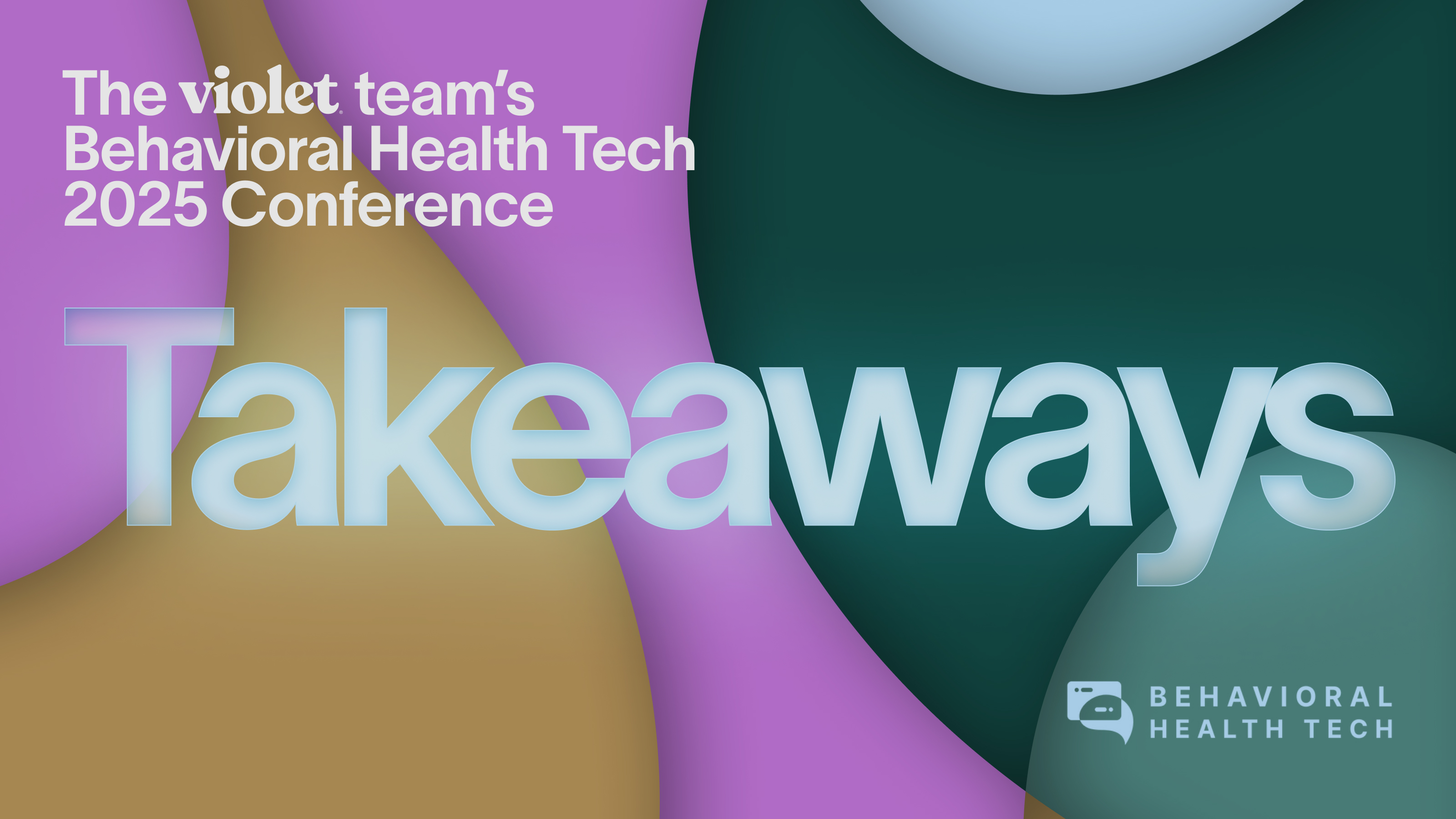It isn’t Black or Transgender people’s fault that there are health disparities. Instead, health disparities are a systemic failure. Clinicians can become allies and advocates for historically marginalized patients by considerately navigating them through health care instead of rattling off death statistics without pragmatism.
Death statistics are omnipresent in clinical education materials as well as in the media. Calculating health disparities is a useful way to measure progress toward health equity, but sharing these statistics with patients can be tricky. It’s important to educate patients as much as possible, but it’s equally important to give this information in a way that does not instill helplessness or fear.
Since Violet offers cultural competence continuing education for clinicians, we’re most concerned by death statistics impacting historically marginalized populations.
Whereas death statistics tied to smoking cigarettes or other lifestyle choices indicate behaviors and may or may not motivate a person to adhere to their care plan, health inequity death statistics are different. Why? Because death statistics tied to health inequities aren’t about a population’s lifestyle choices or adherence to care plans: health inequity death statistics are about systemic failures and social determinants of health that are killing people.
Consider death statistics that focus on the community (or communities) a person belongs to. Hearing, “You are of ABC descent, and therefore more likely to die of XYZ” or receiving a pamphlet that states, “Your sexual orientation is ABC, this is how many people from your community have died because of XYZ” could understandably produce a huge amount of anxiety in a patient because they can do little to change a system that causes these disparities due to discrimination.
When clinicians educate historically marginalized patients about death statistics, it can cause fear, anxiety, depression, and learned helplessness.
Delivering this information could make patients feel like these statistics are their destiny. Worse, thoughtlessly repeating death statistics normalizes them, and can perpetuate the underlying causes of health disparities—particularly racism and discrimination.
The point of educating historically marginalized patients about death statistics is 1) empowering them to know about the unjust system they’re navigating, and 2) this knowledge should be the basis for clinician-patient allyship—advocacy, trust, safety, guidance, and care.
So where do you draw the line between what is helpful and what is harmful? In the two following examples, we’ll examine ways to deliver information to patients who could be considered “high risk.”
Example #1: The Black maternal health crisis.
The clinician: An OB/GYN.
The patient: A cisgender Black woman who is six months pregnant.
Background: The OB/GYN is aware that Black women and birthing people have the highest maternal mortality rate than any other racial group in the United States. The patient is nervous about her pregnancy and upcoming delivery.
An ethical approach to discussing this information with the patient would involve:
- First, the OB/GYN educates herself on the causes of the stark maternal death rates, not just the numbers. She understands that this disparity is caused by racism and discrimination on both a system-wide level as well as an individual level. She also learns that the health care system has a long history of forced sterilization, medical apartheid, and forced experimentation of Black bodies as well as not believing the experiences of Black women by minimizing symptoms and pain.
- The OB/GYN does a mental health check-in with her patient and learns that she is worried about her upcoming delivery. The patient has read news stories about the Black maternal health crisis and can’t help but be worried about it.
- After listening to the patient’s concerns, the OB/GYN agrees that the death statistics are frightening and that medical racism is real. She explains that her role as a clinician is to advocate for the patient and work together for a safe, respectful delivery.
- The OB/GYN does not minimize the emotional impact of the death statistics, nor does she give examples of unrelated things that have gone wrong in delivery rooms to minimize the magnitude of the Black maternal health crisis. She agrees that racism is real in medicine, and that’s scary.
- The OB/GYN asks about the patient's current support system. She provides information on community-led, low-cost, or free prenatal, postpartum, and breastfeeding support groups.
- The OB/GYN recommends creating a birth plan, which includes her personal vision for her pregnancy and postpartum journey. She advises her to bring the plan to every appointment, including labor and delivery.
- The OB/GYN reminds the patient that she can switch providers or any member of her care team if she feels unsafe or disrespected at any point in her pregnancy or postpartum journey. She should choose care that honors her wishes.
- Without leading with, “You are at high risk for preeclampsia, etc.” the OB/GYN tells the patient to carefully monitor her condition for any changes. She stresses the importance of attending all of her prenatal appointments and that if she feels like anything is wrong, painful, or “off” she should contact the office immediately.
- The OB/GYN asks if the patient has considered working with a doula, and after discussing the benefits, she provides resources on where the patient can connect with one, including culturally competent or Black support specifically.
- The OB/GYN shows the patient her rights and provides legal resources.
In this example, the OB/GYN takes an active role as a patient ally. Rather than passively warning the patient about the high risk of Black maternal mortality, the clinician listened to the patient’s concerns, affirmed her feelings, stressed the importance of prioritizing her own health and safety, and encouraged her to speak up if she feels something is wrong and switch providers or seek legal recourse.
Example #2. Transgender teen depression.
The clinician: A behavioral health therapist.
The patient: A 15-year-old trans boy.
Background: Over the course of the therapist’s education, he has learned that transgender teens are more likely to experience depressive symptoms, seriously consider suicide, and attempt suicide. The teen is seeking mental health care because he is experiencing severe depression.
An ethical approach to discussing this information with the patient would involve:
- First, the therapist learns more about TGNC (Transgender and non-conforming) communities through books, films, and social media, instead of letting the death statistics override the narrative. The therapist gains a deeper understanding of the discrimination and transphobia that occurs on a system-wide level, at an individual level, and in the media.
- The therapist invites the patient to share their pronouns and identity and talk about his situation and how he is feeling. The patient explains that he generally feels hopeless because his family refuses to use he/him pronouns and they’re constantly deadnaming him. He also lives in a right-wing town and has been verbally harassed by other kids and adults. He alludes to having suicidal thoughts sometimes, but tries to just “get over it.”
- After listening to the teen, the therapist acknowledges that discrimination and bullying erode a person’s sense of self-worth and that not being validated by his family is incredibly hurtful. Facing this kind of discrimination on a day-to-day basis can exacerbate a person’s depression and anxiety, and the hopelessness can lead to considering suicide—which is something that should be taken seriously.
- Without scolding the teen for feeling suicidal, he brings up the fact that trans kids have a higher suicide rate, but it is not because they are trans, it is because of how they are discriminated against and mistreated by society. The therapist tells the teen what he is dealing with is extremely difficult, and he is doing the right thing by seeking mental health care. The therapist conducts a suicide screening with sensitivity to the topic.
- The therapist asks the teen about trans role models or trans folks on social media who have been inspiring. They talk about how there are so many joyful things about being trans, and that being bullied or feeling depressed are not the core of the teen’s identity.
- The therapist provides online resources for the teen to look into to connect with other TGNC and LGBQ kids.
- The therapist also provides a hotline for suicide prevention, low-cost mental health solutions, LGBTQ+ youth community groups, and self-defense classes.
In this example, the therapist did not tell the teen he is a suicide risk because he is trans. Instead, the therapist got a clearer picture of what was happening in the teen’s life, and, when the teen mentioned minimizing his own suicidal thoughts, the therapist used the death statistics as a way to show that his feelings about societal mistreatment are in fact valid. He then celebrated his identity, affirmed his worthiness, and recommended support.
Care tips for clinicians.
- Acknowledge the system-wide factors at play. Relay relevant statistics to patients without making it seem like they’re responsible. Look into the underlying causes for health disparities: where is there lack of access to care? Where is there a lack of culturally competent care? Where is there stigma and discrimination? Where is there a lack of community? Let them know what to watch out for so they can safely advocate for themselves.
- Don’t use race, gender, or sexual orientation as a proxy. Identity plays a role in all of our experiences, but it should never be the sole clinical determinant.
- Take a trauma-informed approach. When sharing death statistics, be aware that hearing about deaths in one’s own community can be extremely upsetting, and some people may have already lost a loved one.
A catalyst for change.
In the face of a broken and discriminatory health care system, it's up to clinicians to become allies and advocates for their patients. Instead of falling into common pitfalls when educating patients about risks and disparities, how can you use what you know about health disparities to better inform your next patient interaction? How can you better serve them by finding treatment pathways, community support, and necessary resources to prevent health disparities?
Let’s start building health equity, one clinician at a time. To learn more about Violet and our cultural competence upskilling platform, request a demo today.

.svg)





.png)



.png)

.svg)



.svg)

